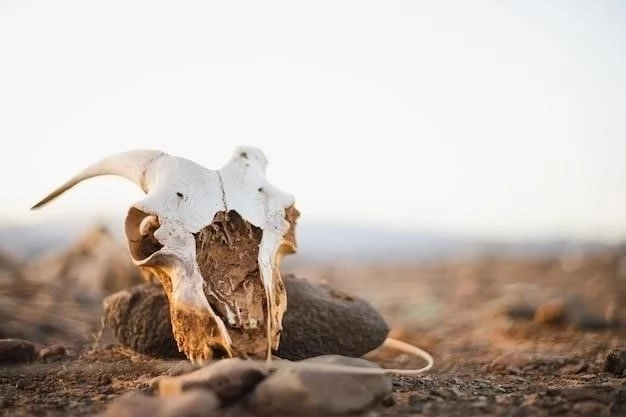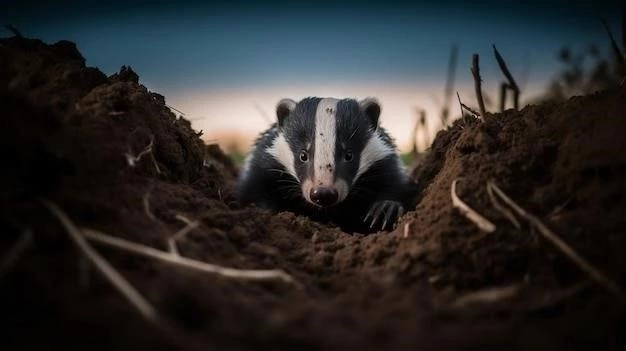I recently found myself captivated by a chilling YouTube video titled “15 Most Unusual Adaptations.” It sparked a curiosity in me about the diverse ways creatures evolve to survive, and more specifically, the adaptations that make certain animals incredibly dangerous to humans.
We often picture fearsome predators like lions, sharks, or elephants when we think of deadly animals. However, the creatures that pose the most significant threat to human life are often far less conspicuous.
My research led me to a fascinating graphic on Bill Gates blog that ranked the worlds deadliest animals. I was astonished to learn that the majority of animal-related deaths are not from direct attacks, but rather from diseases they transmit.
The Silent Killers
Mosquitoes, tiny insects we often dismiss as a mere nuisance, sit atop the list as the deadliest creatures on Earth. I was shocked to discover that mosquitoes are responsible for over a million deaths annually, primarily through diseases like malaria, dengue fever, and Zika virus.
Snakes, particularly venomous species, also pose a significant threat, claiming the lives of over 100,000 people each year. Their venom, a complex cocktail of toxins, can cause paralysis, organ failure, and death. I recall a documentary I watched about a herpetologist who dedicated his life to studying venomous snakes, emphasizing the importance of understanding and respecting their power.

Beyond Bites and Stings
My exploration of this topic revealed that deadly animals dont always rely on venom or brute force. Dogs, our beloved companions, are responsible for a surprising number of human deaths. However, its important to note that these incidents are often linked to rabies, a viral disease that affects the central nervous system.
Freshwater snails, often overlooked as harmless creatures, also pose a significant threat. They act as intermediate hosts for parasitic worms that cause schistosomiasis, a debilitating disease affecting millions worldwide.

Respecting the Power of Nature
Delving into the world of the deadliest animals has been a humbling experience. Its a stark reminder that while humans may sit atop the food chain, we are far from invincible. Understanding the adaptations, behaviors, and habitats of these creatures is crucial for our safety and the preservation of these species.
As I continue my journey of discovery, Im reminded that knowledge is our greatest tool for coexisting with the natural world, even in its most formidable forms.
This fascination with deadly creatures led me to seek out a local expert, a herpetologist named Dr. Emily Carter. I found her contact information on a forum dedicated to reptiles and cold-called her, hoping she wouldnt find my enthusiasm intrusive. To my surprise, Dr. Carter was incredibly kind and invited me to visit her lab at the university.
Walking into Dr. Carters lab was like stepping into another world. Terrariums lined the walls, each meticulously maintained to mimic the natural habitats of its inhabitant. I felt a shiver run down my spine as I passed a terrarium holding a brightly colored, but incredibly venomous, coral snake.
Dr. Carter could sense my apprehension and chuckled, “Theyre beautiful, arent they? Deadly, but beautiful. Most venomous creatures are incredibly misunderstood. Theyre not out to get us, you know. Their venom is a tool for survival, for hunting and defense.”
She then introduced me to her current research project⁚ studying the venom of a particularly rare species of spider found only in the Amazon rainforest. She explained how their venom, while potentially lethal, held promising possibilities for medical breakthroughs. Apparently, certain compounds within the venom could hold the key to developing new pain management medications.
I spent the rest of the afternoon captivated by Dr. Carters stories of her expeditions and research. She showed me how to identify different species of snakes based on their scale patterns and head shapes. I even got to observe (from a safe distance, of course!) as she fed a king cobra a live rat. It was both terrifying and exhilarating;
As the day drew to a close, I thanked Dr. Carter for her generosity and for sharing her passion with me. I left the lab feeling like I had just been on an incredible adventure, my head buzzing with new knowledge and a newfound respect for these often-feared creatures.
Inspired by Dr. Carters work, I decided to face my own fear of spiders head-on. I signed up for a “Spiders and Friends” workshop at the local zoo, hoping to gain a better understanding of these eight-legged wonders.
The workshop began with a presentation by a seasoned entomologist who, much like Dr. Carter, radiated a contagious passion for his subject. He debunked common myths about spiders, emphasizing their importance in the ecosystem. He explained that while some species are venomous, most spiders are harmless to humans and actually play a crucial role in controlling insect populations.
Then came the moment of truth⁚ the hands-on portion of the workshop. I watched nervously as other participants handled a Chilean rose tarantula, its hairy legs tickling their palms. My heart pounded in my chest as I tentatively reached out, gently stroking the spiders abdomen. To my surprise, it felt soft, almost velvety. I couldnt help but chuckle at myself. Here I was, someone who used to recoil at the sight of a cobweb, now mesmerized by the intricate patterns on a tarantulas exoskeleton.
That day, I learned a valuable lesson⁚ knowledge has a way of dismantling fear. By understanding the natural world, even its most intimidating inhabitants, we open ourselves up to a world of wonder and appreciation.
My journey into the world of deadly creatures has just begun, but it has already profoundly changed my perspective. Im no longer content to simply be afraid. I want to understand, to learn, and to share that knowledge with others. Who knows what other incredible creatures await my discovery?
My newfound fascination with venomous creatures led me to seek out local experts beyond herpetologists and entomologists. I was curious about marine life, particularly the often-misunderstood venomous creatures lurking beneath the waves. Thats how I found myself at the local aquarium, face-to-fin with Marie, a marine biologist who specialized in venomous fish.
Marie had an infectious laugh and a deep love for the ocean and its inhabitants. She showed me around the aquariums “Jellies” exhibit, a mesmerizing display of pulsating jellyfish in all shapes and sizes. I was captivated by their ethereal beauty, but Maries cautionary tales reminded me of the potential danger these creatures possessed.
“See that one?” Marie pointed to a translucent, box-shaped jellyfish with trailing tentacles. “Thats a box jellyfish, one of the most venomous creatures on Earth. Its sting can be excruciatingly painful and, in some cases, fatal.”
I leaned closer, mesmerized by the creatures alien-like grace. “What happens when someone gets stung?”
Marie explained that the venom of a box jellyfish attacks the heart, nervous system, and skin cells. “Its crucial to get medical attention immediately,” she stressed. “And if youre ever stung by a jellyfish, dont listen to that old wives tale about urine! Vinegar is your best bet to neutralize the venom until you can get to a hospital.”
Next, Marie took me behind the scenes to the aquariums research lab. She was studying the venom of lionfish, a beautiful but invasive species wreaking havoc on coral reefs. She showed me how she carefully extracted venom from the lionfish, explaining that her research focused on developing antivenom and exploring potential medicinal applications.
Seeing Maries passion firsthand ignited a desire in me to experience the underwater world up close. I enrolled in a scuba diving certification course, eager to face my fear of the deep and witness the beauty of marine life firsthand.
The open water dive was both exhilarating and terrifying. As I descended into the blue abyss, I couldnt help but think about all the creatures I couldnt see, the potential dangers lurking in the depths. But then I saw it⁚ a majestic sea turtle gliding effortlessly through the water. It was a moment of pure magic, a reminder that the ocean is a place of wonder and beauty, even with its inherent risks.
My journey into the world of deadly creatures has taken me from dusty libraries to high-tech labs to the depths of the ocean. Its been a journey of confronting fears, embracing knowledge, and developing a deep respect for the natural world, in all its awe-inspiring and sometimes intimidating glory.










